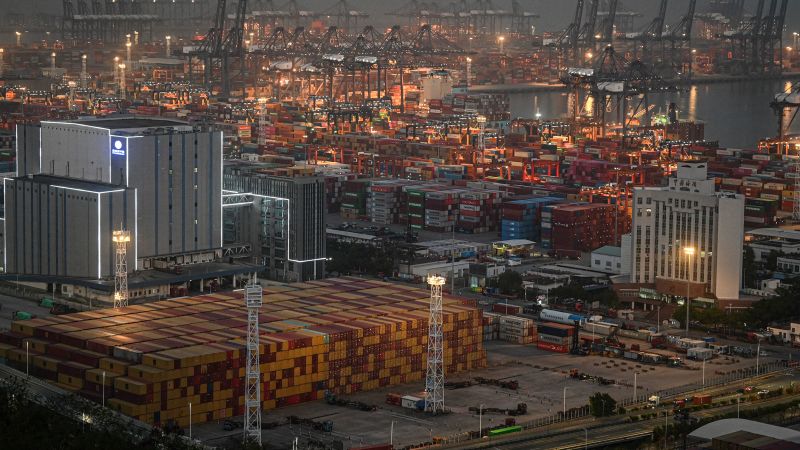China recently announced robust economic growth figures for the second quarter of the year, reporting a growth rate that surpassed market expectations, all while dealing with the ongoing trade tensions with the United States. Diversifying their trade partnerships beyond just the US markets has played a crucial role in bolstering China’s export levels amid these tensions.
The National Bureau of Statistics (NBS) released data indicating a Gross Domestic Product (GDP) growth of 5.2% during the second quarter, which is in comparison to the same period in the previous year. This figure exceeded consensus estimates that anticipated a growth rate of approximately 5.1%, based on a survey of 40 economists conducted by Reuters just days before the announcement. Such a growth rate reflects not only resilience in the face of economic adversity but also the efficiency of China’s strategy to enhance commerce with alternative markets.
Nevertheless, this growth figure marks a deceleration when contrasted with the 5.4% expansion recorded in the first quarter of the year. When evaluating GDP growth for the first half of the entire fiscal year and comparing it to the same timeframe last year, the NBS reported an aggregate growth of 5.3%. This slowing trend may raise concerns about the potential implications for China’s long-term economic stability, especially as it continues striving to meet its ambitious growth targets.
China’s government has set an official growth target of “around 5%” for this year; however, this objective appears increasingly formidable. Economists are expressing doubts about achieving this mark unless there is substantial policy intervention to stimulate the economy amidst mounting external and internal pressures. A slowdown in growth could impact not just the manufacturing sector but ripple throughout various segments of the economy, generating further uncertainties.
A significant contributing factor to China’s economic landscape is the tariff strategy implemented by former US President Donald Trump, which at its height subjected Chinese imports to tariffs of up to 145%. This aggressive tactic has reshaped one of the most pivotal bilateral trade relationships on a global scale. While a truce agreed upon in May reduced some of these tariffs, Beijing is under pressure to finalize a comprehensive agreement with Washington before a key deadline on August 12. The outcomes of these negotiations will likely dictate the future of trade dynamics between the two economic giants.
For China’s economy, which is heavily reliant on exports, the agreed tariff rates will be instrumental. A return to any form of significant tariffs could have dire consequences for Chinese manufacturers, who form the backbone of the nation’s economic engine. Even minor changes in these rates can lead to monumental shifts in production costs and market viability, thereby affecting employment rates and overall economic health.
On the domestic front, structural issues continue to burden the Chinese economy. A lingering property crisis, inflated youth unemployment levels, weak consumer spending, and continuous price deflation signal that the challenges are not solely external. These internal difficulties complicate the overall economic landscape and contribute to an increasingly cautious business environment. Surging property prices and a slowdown in the real estate market have left many sectors vulnerable, exacerbating issues related to employment and consumption.
Altogether, China’s reported growth amidst such turmoil presents a mixed picture. While there are signs of strength, particularly in export performance, the underlying challenges are notable. The focus now lies in navigating ongoing trade negotiations, ensuring comprehensive domestic policy support, and addressing structural issues that could hinder future prospects. To sustain growth and foster broader economic stability, China’s leadership may need to undertake significant reforms and adopt innovative strategies in the coming months. The next actions taken by both the Chinese government and the US will shape the trajectory of this critical period in international economic relations.











